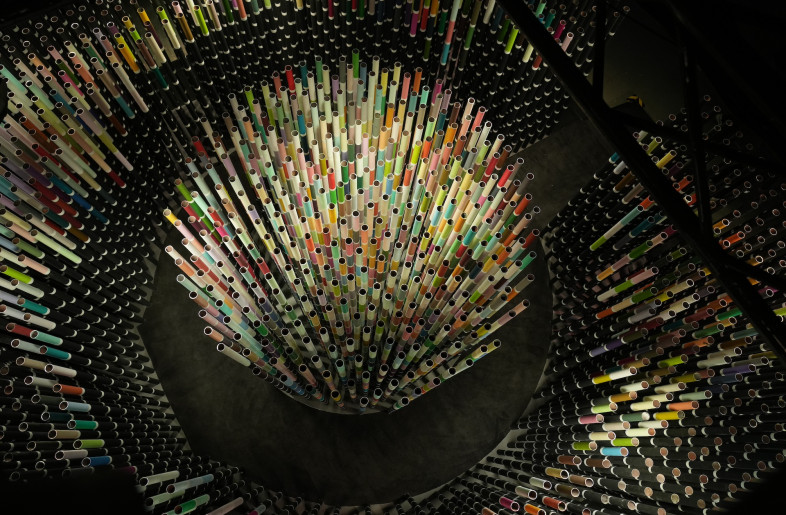Venice Biennale visitors climb inside Christian Kerez's unidentified habitable object

VENICE – Inside the Swiss Pavilion at the 15th International Architecture Exhibition, Christian Kerez carves a scalable chamber which is not exactly architecture.
In an effort to reject the celebration and propogation of architecture's
Create a free account to read the full article
Get 2 premium articles for free each month
Related Articles
MORE Installation
Is the architecture firm as we know it dead?

How Korean cultural heritage finds its place in French fashion at an immersive Dior exhibition

Openings: From New York to Osaka and Milan, it's all monumental

A Dutch museum proposes a slow and considered kind of immersive experience. Here’s how

Openings: Immersive exhibitions and flagships galore

Don’t miss these 5 sustainability-focused exhibitions and talks at Milan Design Week

From schools to collectives, see these 8 presentations from emerging designers in Milan

Pigment is a catalyst for spatial engagement in Asian Paints' Mumbai installation

In a fresh take on the diorama, Formafantasma questions the nature of human-animal relations
